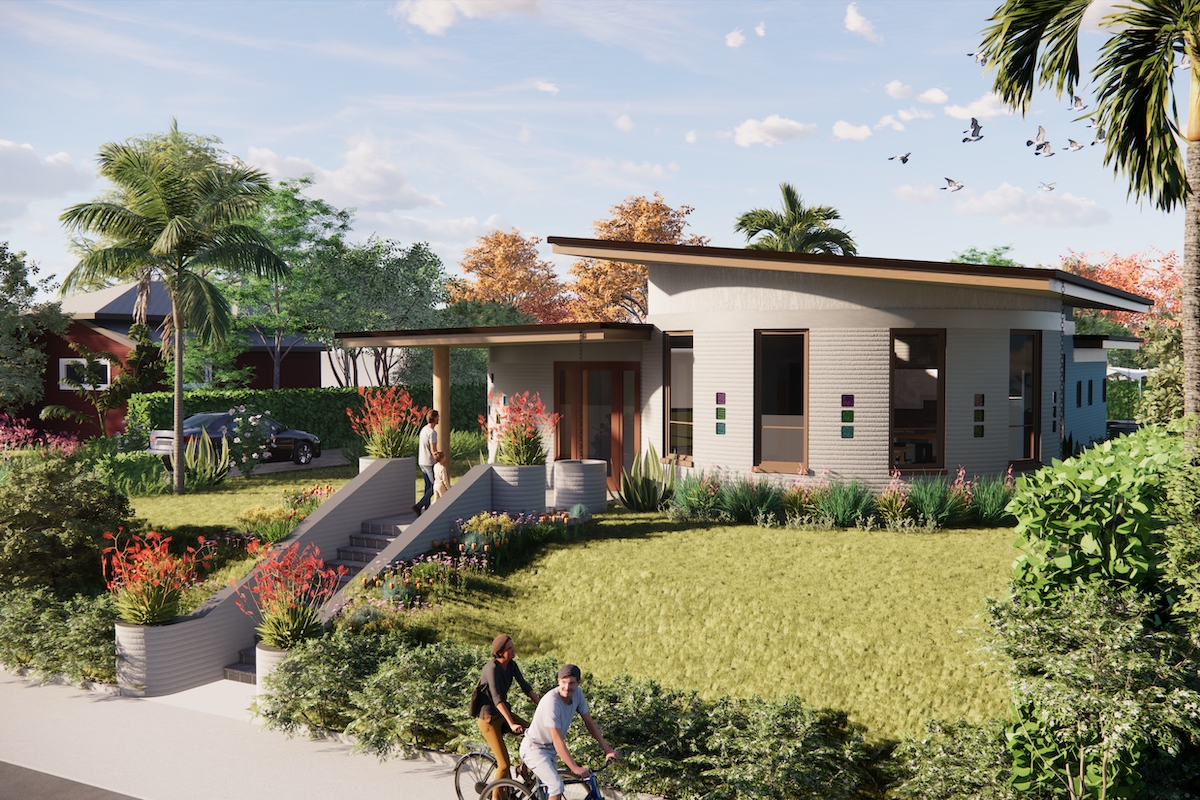Santa Barbara County is marching toward the future, looking toward more sustainable and efficient options when it comes to housing and transportation, and now the state is providing nearly $5.3 million to the Santa Barbara County Association of Governments (SBCAG) to help fund seven forward-thinking projects, including a 63-unit affordable housing development and the county’s first-ever 3D-printed affordable home.
The funds will come through the state’s Regional Early Action Planning (REAP) grant program, which are allocated toward projects that specifically tackle regional housing and climate goals.
“We are excited to receive this funding from the state that will allow us to invest in sustainable infrastructure and affordable housing initiatives throughout our region,” said Jenelle Osborne, chair of the SBCAG Board of Directors.

The most innovative of the seven projects is the prototype 3D-printed concrete single-family affordable home, which will be built with $375,000 of state funds as a “demonstration of concept” of a low-cost housing construction method that may provide more options in the future.
Another $395,000 will go toward accelerating the architectural progress for the City of Santa Barbara Housing Authority’s proposed 63-unit Jacaranda Court development slated for a commuter lot in downtown Santa Barbara.
“We are incredibly excited about the REAP grant funding that will allow us to bring Jacaranda Court to life and provide much-needed affordable housing in downtown Santa Barbara,” said Rob Fredericks, executive director and CEO of the Housing Authority of the City of Santa Barbara. “The project’s 63 units will go a long way in meeting the needs of moderate-income households, who often struggle to find affordable housing close to work and transportation.”
The rest of the REAP funding will go toward downtown revitalization and infrastructure improvement in downtown Santa Maria ($2.5 million); a permit-ready accessory dwelling unit program in the city of Lompoc ($450,000); S.B. County’s active transportation data dashboard ($525,538); the San Jose Creek multi-use path ($734,933); and an EV charging and alternative transit incentives project in New Cuyama ($275,000).





You must be logged in to post a comment.